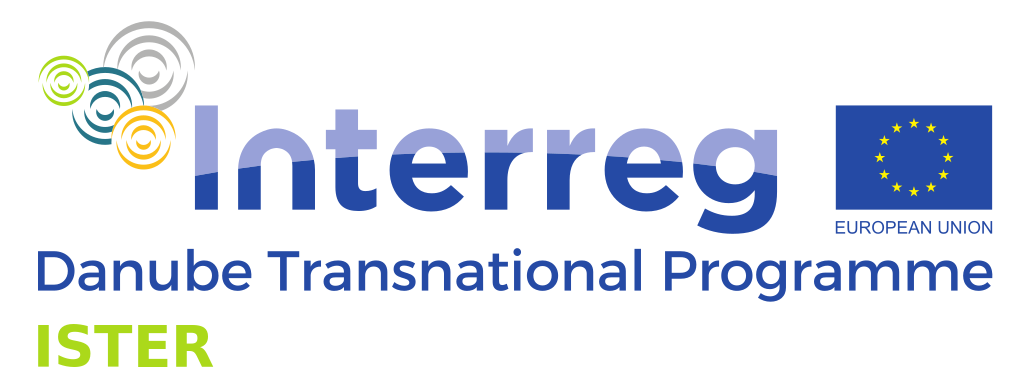
The ISTER Project, part of Interreg Danube, had its official kick-off
The first meeting of the ISTER project took place on July 16, online, bringing together 30 participants from 9 partner countries: Romania (having as partners the National Museum of History Transylvania, the Alba Iulia Municipality and URBASOFIA), Bulgaria, Hungary, Slovenia, Austria, Bosnia and Herzegovina, Serbia, Germany and Italy. The event was organized by the National Museum of History Transylvania and URBASOFIA and aimed to introduce all partners to each other and to the project, as well as the next steps to be taken in the development and implementation of the work packages.
Just imagine a walkable green/blue Danube Region. We already did it in 2012... and now it's becoming reality! 16 Partners and 10 Associated Partners put through their energy and knowledge to develop an eco-cultural corridor for pedestrians on the layer of Roman Routes and Settlements, starting from Porolissum (RO/SJ) to the spring of Danube (DE) or simply to the “perpetually beautiful” Rome.
ISTER is an Interreg Danube Transnational Programme which firstly addresses the challenge of Roman heritage discontinuity. The project tackles the territorial dimension of the Roman Routes, as a contiguous transnational element that passes DR states’ borders and provides a relevant scale for exchange and joint development. Therefore, ISTER’s main objective focuses on rediscovering and revitalizing the ancient Roman Roads Network along the DR as a key driver in promoting territorial development based on sustainable use of cultural and natural heritage. To increase local attractiveness, ISTER is leveraging on three key assets:
- Adopting a multi-layered governance chain aimed at strengthening knowledge framework and institutional capacities of DR actors through capacity building and collective knowledge mapping;
- Using advanced tools and technologies for enhancing non-physical accessibility, visibility and valorisation of Roman routes and settlements network, laying the foundation for a thematic cultural route based on Roman heritage with a narrative function, reviving ancient assets and promoting non-renewable and fragile, but yet unexplored and unexploited Roman legacy;
- Acquiring the shift from old policy approaches (protection through isolation) to new, integrative methods for improving the policy and regulatory framework in Danube crossed-regions.
For more future information regarding the project, please follow website:
http://www.interreg-danube.eu/approved-projects/ister
![]() Final publication project ISTER712.12 KB
Final publication project ISTER712.12 KB



